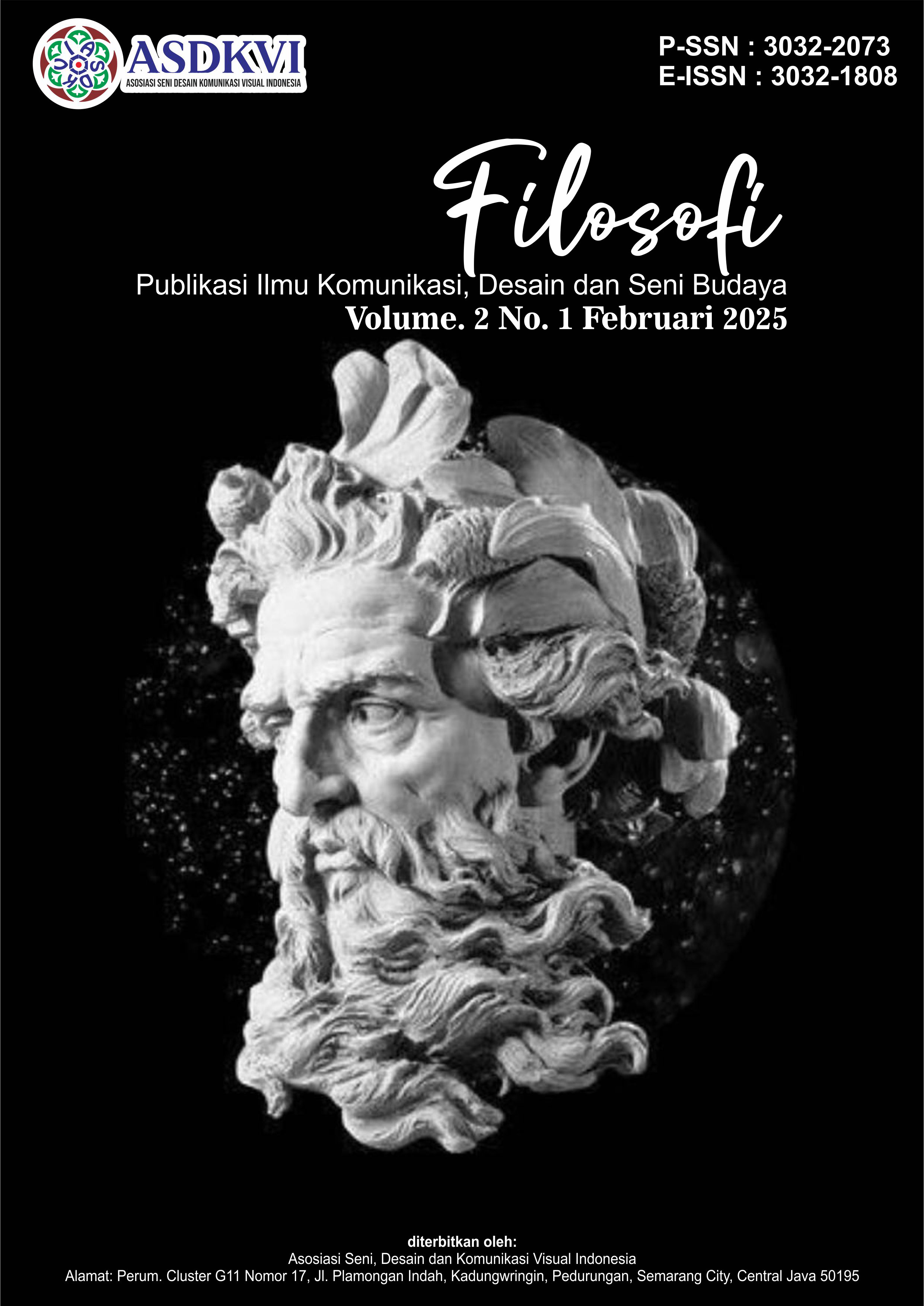Meningkatkan Produktivitas Desain melalui Perbandingan Software Rendering Berbasis GPU dan CPU
DOI:
https://doi.org/10.62383/filosofi.v2i1.459Keywords:
GPU, CPU, Design Productivity, 3D Visualization, Rendering SoftwareAbstract
In the architecture design and 3D visualization industry, rendering speed and quality are crucial factors in enhancing productivity. This study aims to compare the performance of GPU and CPU-based rendering software, focusing on three main aspects: render time, visual quality, and resource efficiency. The experiment was conducted using two leading rendering software, Corona (CPU) and Lumion GPU, with identical design objects. The results show that GPU rendering excels in render speed, although it slightly sacrifices quality detail compared to CPU rendering. Additionally, GPU is more efficient in resource usage, with lower energy consumption during longer rendering processes. Based on these findings, it is recommended that design and architecture professionals choose GPU rendering for projects that prioritize speed and time efficiency, while CPU rendering is more suitable for tasks that require higher quality and more complex details. This study provides valuable insights for the creative industry in selecting the most appropriate rendering technology to enhance their design productivity.
References
Act-3D. (2024). Lumion 2023 [Software]. Act-3D. https://lumion.com
Chaos Czech. (2024). Corona Renderer for 3ds Max [Software]. Chaos Czech. https://corona-renderer.com
Chaos Group. (2023). Benefits of using V-Ray GPU rendering. Chaos Group. https://www.chaos.com/vray-gpu
Foley, J. D., van Dam, A., Feiner, S. K., & Hughes, J. F. (2013). Computer graphics: Principles and practice (3rd ed.). Addison-Wesley.
Hearn, D., & Baker, M. P. (2011). Computer graphics with OpenGL (4th ed.). Pearson.
NVIDIA. (2023). GPU rendering: How it works and its benefits. NVIDIA Blog. https://www.nvidia.com/gpu-rendering
Purcell, T. J., Buck, I., Mark, W. R., & Hanrahan, P. (2002). Ray tracing on programmable graphics hardware. ACM Transactions on Graphics, 21(3), 703–712. https://doi.org/10.1145/566654.566651
Wald, I., Slusallek, P., Benthin, C., & Wagner, M. (2001). Interactive rendering with coherent ray tracing. Computer Graphics Forum, 20(3), 153–164. https://doi.org/10.1111/1467-8659.00572
Downloads
Published
How to Cite
Issue
Section
License
Copyright (c) 2024 Filosofi : Publikasi Ilmu Komunikasi, Desain, Seni Budaya

This work is licensed under a Creative Commons Attribution-ShareAlike 4.0 International License.





